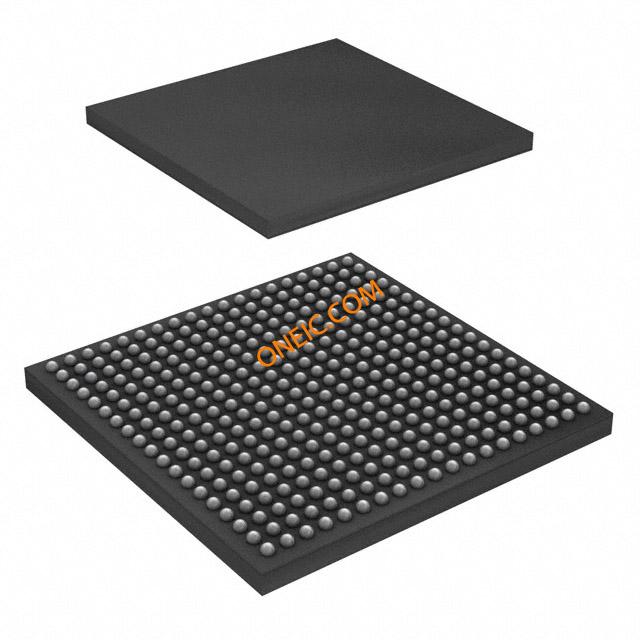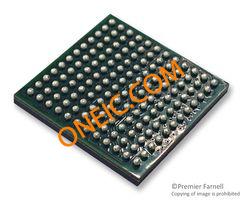OMAPL132BZWT2
Integrated DSP and ARM processors in compact 361-pin packages
Manufacturer: ti
series introduction
# OMAPL132BZWT2 Product Series Introduction
## 1. Overview
The OMAPL132BZWT2 belongs to a highly versatile and powerful product series designed to meet the diverse needs of modern embedded systems. It combines advanced processing capabilities with a rich set of integrated peripherals, making it an ideal choice for a wide range of applications, from industrial control and automation to consumer electronics and communication devices.
## 2. Key Features
### 2.1 Processor Core
- **ARM926EJ - S Core**: At the heart of the OMAPL132BZWT2 is an ARM926EJ - S processor core. This core offers a high - performance computing platform with a clock speed that can be configured to meet different application requirements. It supports a wide range of instruction sets, enabling efficient execution of complex algorithms and multitasking operations. The ARM9 architecture provides excellent power - efficiency, making it suitable for battery - powered devices as well as systems that require continuous operation with low power consumption.
- **Enhanced Java Acceleration**: The EJ - S extension in the ARM9 core provides hardware - assisted Java acceleration. This feature is particularly useful for applications that rely on Java technology, such as mobile applications, smart home devices, and some industrial monitoring systems. It allows for faster execution of Java bytecode, reducing the overall processing time and improving the responsiveness of Java - based applications.
### 2.2 Memory and Storage
- **Internal Memory**: The device comes with on - chip memory that includes a certain amount of SRAM. This internal SRAM provides fast access to data and code, reducing the latency associated with external memory access. It can be used to store critical data, intermediate results, and frequently accessed code segments, improving the overall performance of the system.
- **External Memory Interface**: The OMAPL132BZWT2 features a flexible external memory interface that supports various types of external memories, such as SDRAM, DDR SDRAM, and NAND Flash. This allows developers to expand the memory capacity of the system according to the specific requirements of their applications. For example, in applications that require large - scale data storage or high - speed data processing, external SDRAM can be used to provide additional memory space, while NAND Flash can be used for long - term data storage.
### 2.3 Peripherals
- **UART (Universal Asynchronous Receiver - Transmitter)**: Multiple UART interfaces are available on the OMAPL132BZWT2. These interfaces are commonly used for serial communication with other devices, such as sensors, actuators, and external controllers. They support a wide range of baud rates, allowing for flexible communication speeds depending on the distance and data transfer requirements between the connected devices.
- **SPI (Serial Peripheral Interface)**: The SPI interface provides a high - speed serial communication protocol for connecting to external devices such as flash memories, ADCs (Analog - to - Digital Converters), and DACs (Digital - to - Analog Converters). It allows for fast data transfer between the OMAPL132BZWT2 and the connected peripherals, enabling real - time data acquisition and control.
- **I2C (Inter - Integrated Circuit)**: The I2C interface is a widely used serial communication protocol for connecting low - speed devices, such as sensors, EEPROMs, and other integrated circuits. It uses a two - wire bus structure, which simplifies the hardware design and reduces the number of pins required for communication. The OMAPL132BZWT2's I2C interface supports multiple slave devices, allowing for easy integration of multiple sensors or other low - speed peripherals into the system.
- **USB (Universal Serial Bus)**: The device includes a USB interface
Images for reference

361-NFBGA

Image Preview

Image Preview